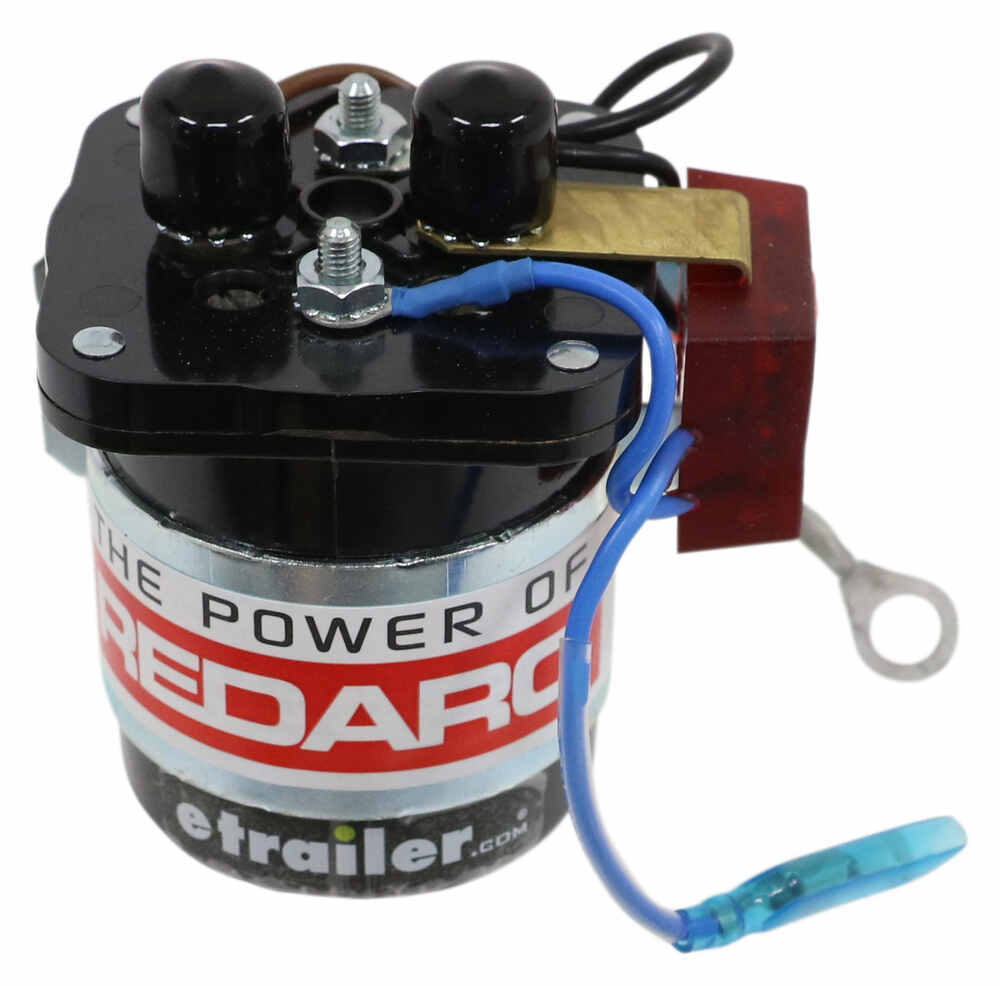

Auxiliary equipment can be run without considering whether the engine is running or not. At the same time, a separator can select to allow current to flow in either direction depending on various system parameters and needs.Īn isolator can provide users with a simpler and lower-cost solution. An isolator is essentially a diode system that allows one-directional current flow. The main differences between the devices lie in the direction of current flow, efficiency, and quiescent current draw. Protects the primary battery in the case of a faulty auxiliary batteryīattery isolators and battery separators can be selected based on various use-cases considerations.Reduces the load on the charging system by not connecting the auxiliary battery until the primary battery is charged to 13.2V, which can extend the life of charging components.Allows bi-directional charging from the alternator or an auxiliary source such as shore power.The use of relays, solenoids, or solid-state switches eliminates the diode drop.Smaller and lighter than diode-based isolators.If the main battery voltage is lower than the voltage of the auxiliary battery, the separator will engage both batteries to help an engine start.Ī summary of the performance benefits of battery separators include: Upon engagement of the engine starter, the battery separator compares the voltage in the main and auxiliary batteries. In addition to protecting the charging system and the main battery from damage, a battery separator can assist in engine starting. While battery isolators are typically diode-based devices and allow current to flow in only one direction, battery separators support bidirectional current flow.

This process of managing the charges on both batteries continues as long as the engine is running.īattery separators are available in a variety of termination options. If left connected, a damaged auxiliary battery can potentially drain the main battery. Typically, at a voltage of about 12.8Vdc, the auxiliary battery will be disconnected from the charger to protect the charging system. When the charging system voltage on the main battery reaches about 13.2Vdc, indicating a charged main battery, the battery separator will engage and enable the auxiliary battery to be charged. If the overall charge needs are greater than the alternator can support, the battery separator disconnects the auxiliary battery and sends all charge current to the main battery. When the engine is first started, the battery separator disconnects the auxiliary battery from the system and senses the charge needs of both batteries. For example, when the engine is started, the battery separator monitors the voltages of the main battery, the auxiliary battery, and the charging system voltages. While battery isolators are relatively simple devices, battery separators (sometimes called “smart battery isolators”) are more complex and perform several functions.

Smart battery isolators, also called battery separators, using relays are more flexible than diode-based general purpose isolators. If a common diode-based isolator is used, lower system efficiencies result from the diode drop added to the circuit between the charging power source and the batteries. Isolating the batteries prevents a weak or dead battery (usually the auxiliary battery) from draining charge from a strong battery (often the primary battery). This supports simultaneously charging more than one battery from a single alternator or other power sources without connecting the batteries in parallel. There are system performance tradeoffs between battery separators and battery isolators and between various implementations of battery isolators.Ī battery isolator is used to separate the DC bus into multiple (isolated) branches and only allow current flow in one direction in each branch. Adding a second battery system for auxiliary loads can resolve that concern, but it must be properly wired into the vehicle’s electrical system. If a single battery system is used, the battery can become drained when the engine is off, and auxiliary loads are drawing power, resulting in an inability to start the engine.

Disconnecting the two allows the separator to prioritize the charging of the batteries. On the other hand, battery separators are designed to protect the charging system from excessive electrical loads by separating (disconnecting) the main and auxiliary batteries from one another. Battery isolators are designed to prevent auxiliary batteries from draining the main battery. Battery cell isolators and battery cell separators are used to control current flow in multi-battery systems in a range of vehicles, including recreational vehicles, boats, utility vehicles, airplanes, large trucks, and off-road vehicles that accommodate auxiliary loads and high current loads such as a recovery winch.


 0 kommentar(er)
0 kommentar(er)
